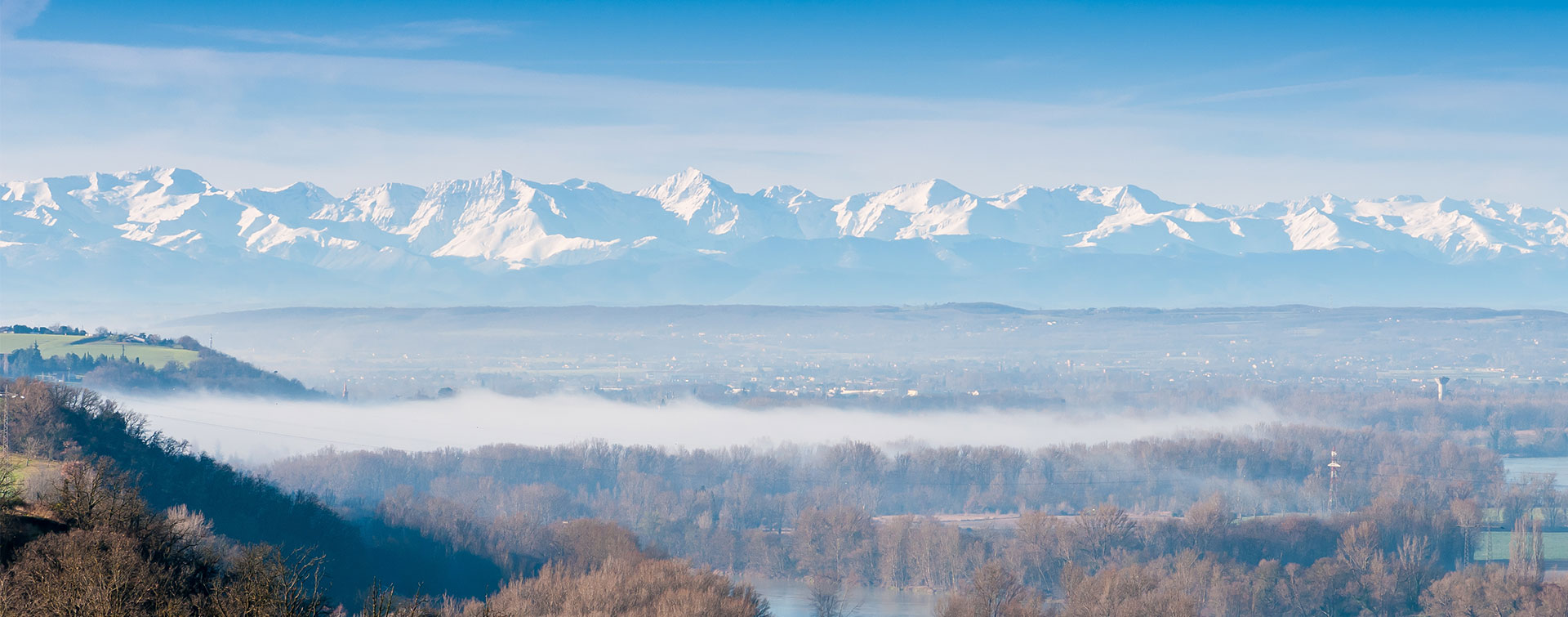Gascony – the heart of the Southwest

Away from the crowds, an area of France renowned for its gentle landscapes, its slow pace of life, and its good food.
Like Provence and the Dordogne, Gascony is a name that is laden with bucolic symbolism, one of those regions of southern France whose name evokes images of warmth and sunshine, and a traditional rural way of life far removed from the hassle and stress of modern city living.
The name sounds similar to Tuscany, and indeed the two regions, one in France, the other in Italy, lie at much the same latitude. But Tuscany is more Mediterranean and drier, Gascony is gentler and more rural.
The big problem with Gascony is that it no longer exists on the map of modern France. It is not a clearly defined entity, but an area whose borders and territories have changed over time. In today’s France, Gascony is neither a region nor a department, and actually spreads over two regions.
It’s fairly clear where the heart of Gascony is located; it’s more or less the modern-day French departments of the Gers, the Landes and the Hautes Pyrénées. To the west, it is bordered by the Atlantic ocean, and to the south by the Spanish border. But not all of the western Pyrenees are considered to be part of Gascony. The Basque Country is not considered to be part of Gascony, even if the words Basque and Gascon both derive from the same etymological root.
It is the northern extent of Gascony that has varied most over time. Even in the middle ages, when there was a Duchy of Gascony, its northern borders fluctuated. At times the great city of Bordeaux was included, at other times not. In the 12th century, Gascony almost reached to the gates of the city of Toulouse; but in spite of being the capital of the modern-day region that encompasses the larger part of what is nowadays considered to be Gascony, Toulouse is not, and never has been, included in the area.
So while on the modern map there is no such area as Gascony, the name is increasingly used in the language of tourism and culture, to designate the southwest corner of France between the Atlantic, the Spanish border, and the valley of the Garonne – excluding the Basque country in the extreme southwest. This more or less corresponds to the corner of France in which, less than two hundred years ago, most of the people still spoke the distinctive Gascon dialect of Languedocian French.
In administrative terms, the land that was once Gascony is divided between two historic regions, Aquitaine and Midi-Pyrenees , now renamed Nouvelle Aquitaine and following the reorganisation of French regions that took place in 2016.